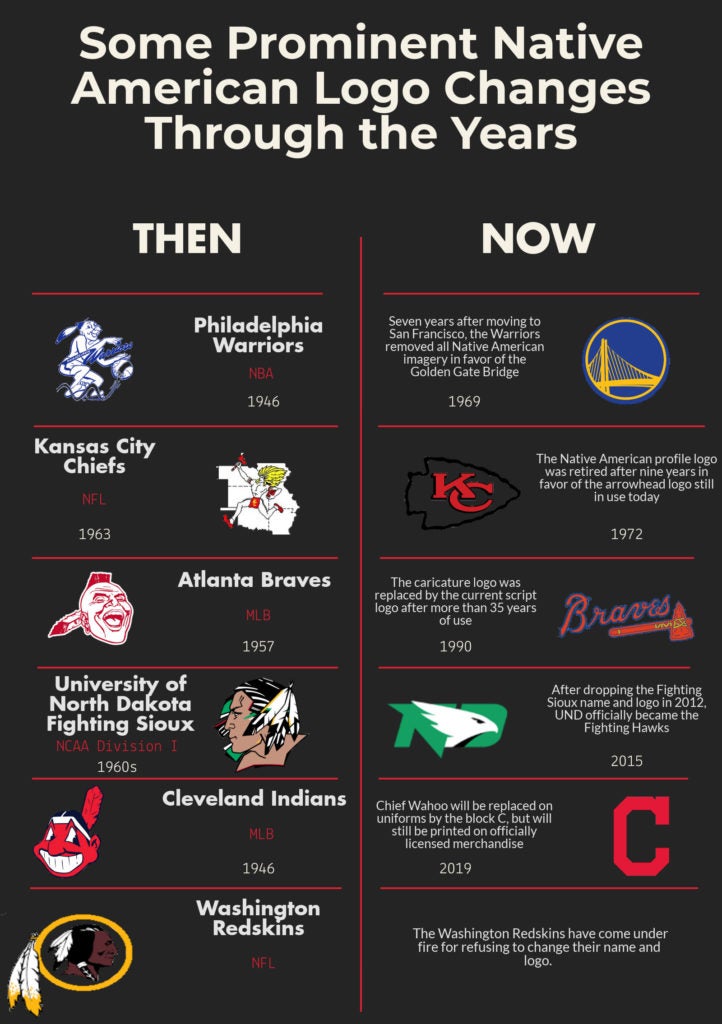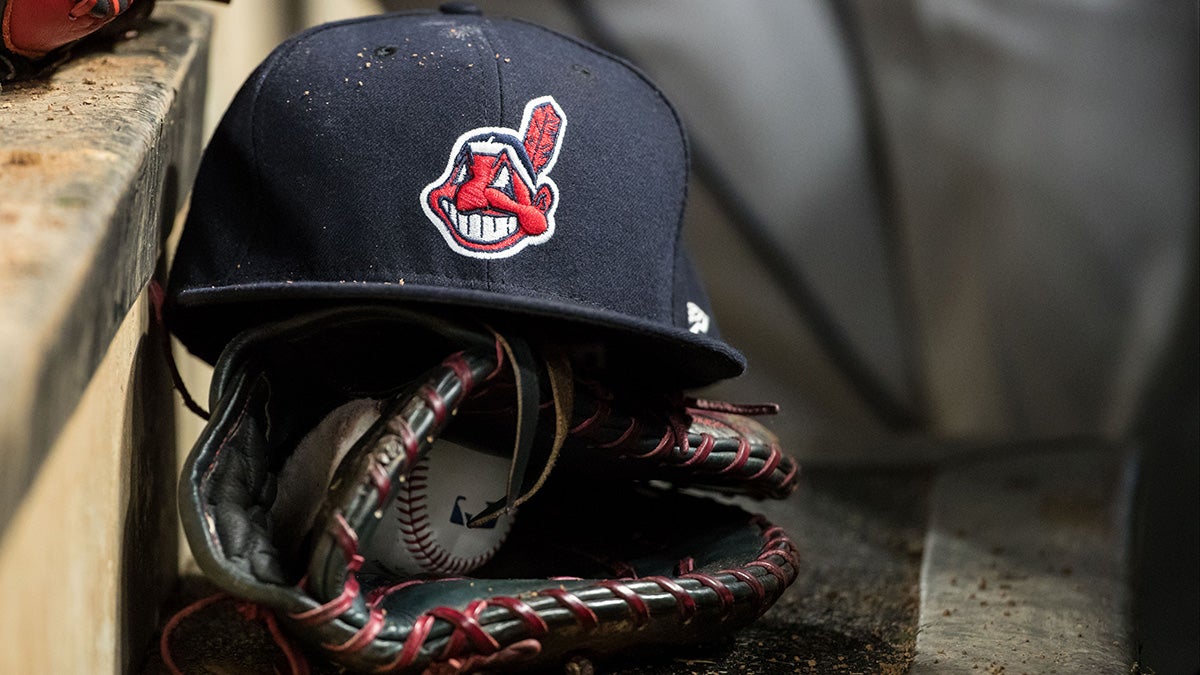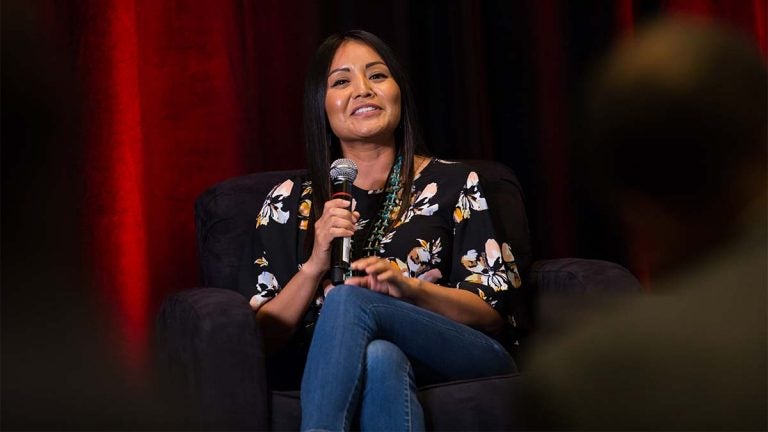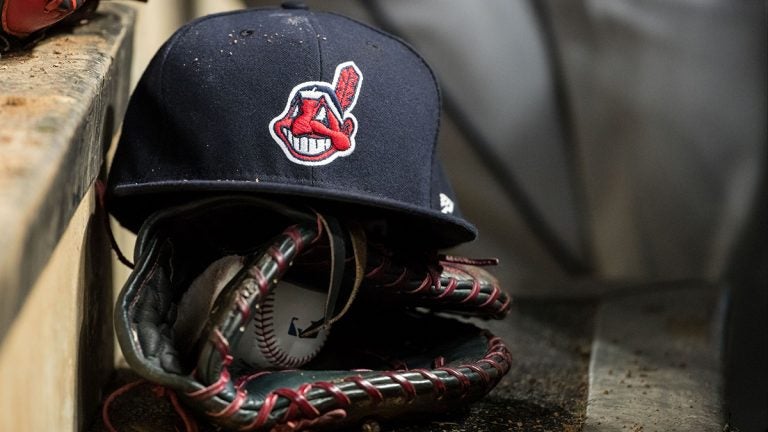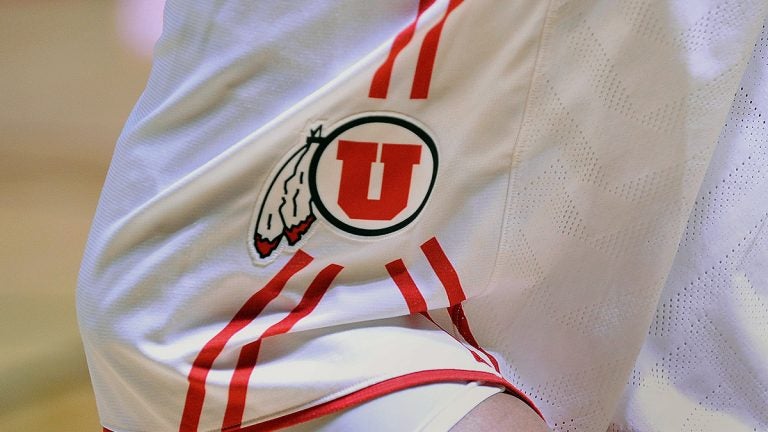Native American Mascots - Honoring Culture or Symbol of Disrespect?
Why this matters
With football season now underway, mascots like the Washington R******* - and media outlets calling them by that name - brings renewed focus to the use of Native American mascots. James Riding In, a founding member of Arizona State University's American Indian Studies Program and a citizen of the Pawnee Nation of Oklahoma, says the use of the name is unacceptable.
"I flatly reject the contention of team owners and sports fans that American Indian-oriented team names, logos and mascots in professional and amateur sports pay homage to Indian bravery and courage," James Riding In told ASU Now. "Their so-called honoring celebrations of Indian heroism are not only misguided, harmful and offensive to Indians but are also inextricably tied to this nation’s history of racism." To read more of his interview, click here.
This baseball season, the sleeve of the Cleveland Indians’ uniform displays “Chief Wahoo” - a caricature of a Native American with red skin and a toothy smile. But the team is removing it from the uniform, starting in 2019.
Native American groups and several other organizations have been saying for decades that such caricatures are degrading. While the logos have their fans, the tide has turned swiftly toward removal.
“Major League Baseball is committed to building a culture of diversity and inclusion throughout the game,” Commissioner Robert Manfred Jr. said in a statement in January. He acknowledged fans’ attachment to the Indians’ logo and noted that “the club ultimately agreed with my position that the logo is no longer appropriate for on-field use in Major League Baseball.” The logo will remain on some fan merchandise.
In Washington, D.C., many Washington fans sing “Hail to the R*******” without giving the team’s name or logo a second thought, but the team is under pressure to get rid of both. Dozens of media outlets have refused to use the word “R*******” at all, because it is a racial slur, but team owner Dan Snyder has repeatedly said they will never change the name.
So what’s in a name or a mascot? Chief Wahoo and Washington may be the most prominent examples, but many teams have mascots, names, and practices that incorporate or mimic native cultures. Current team names range from local tribes, like the Central Michigan Chippewas to the “Savages,” which some high schools still use. While the use of the term “savages” can be offensive to native people, the harm runs much deeper than that, and it spreads beyond native people, advocates say.
Psychological Harm
“The social science research and literature on this is pretty overwhelming that the use of these caricatures is bad for everyone. Particularly, it’s bad for children,” said Bryan Brayboy, President’s Professor of Indigenous Education and Justice in the School of Social Transformation at Arizona State University. For native kids, it damages their self-esteem, he explained. “For non-native kids, it largely inures them toward racism toward native people. It ends up giving them the sense that native folks and peoples are a thing of the past or are to be caricatured, so they are less likely to have empathy with native peoples, and they come to see us as these relics of the past and stereotypes rather than vibrant, viable, productive human beings.”
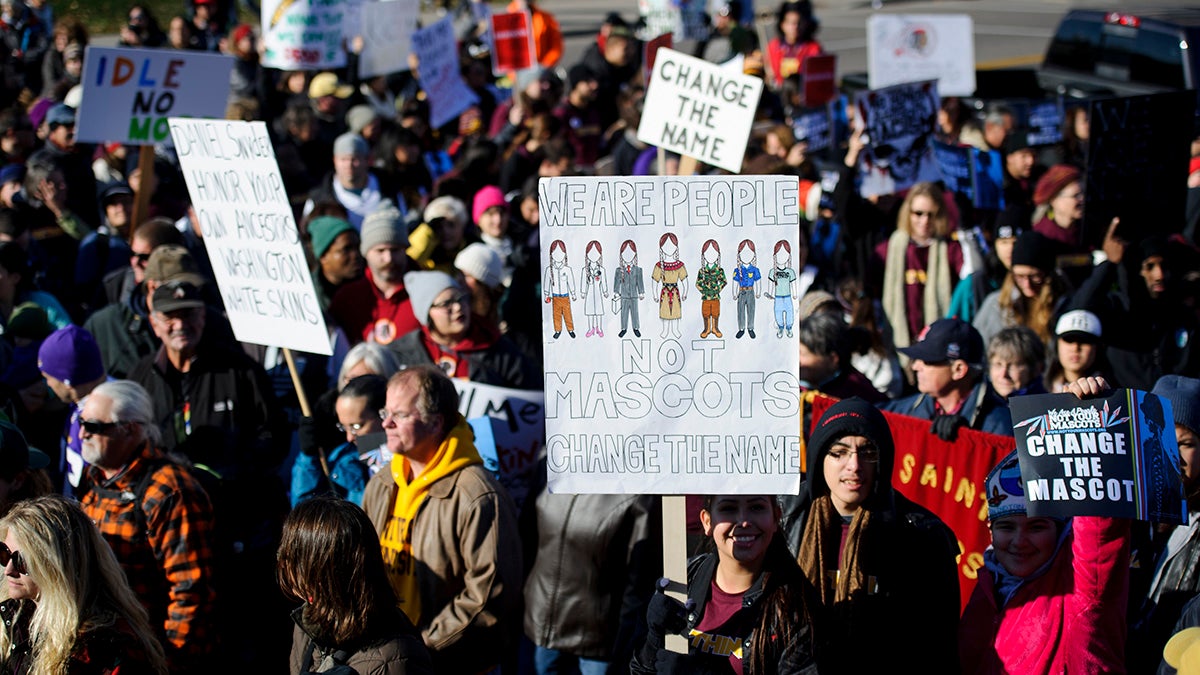
In 2005, the American Psychological Association (APA) called for schools and teams to stop using American Indian mascots, symbols, images and personalities because they harm native young people’s self-esteem and social identity development and undermine the learning environment for everyone—especially people who don’t have much exposure to native people. “The symbols, images and mascots teach non-Indian children that it’s acceptable to participate in culturally abusive behavior and perpetuate inaccurate misconceptions about American Indian culture,” the APA says. These practices also amount to discrimination, which can lead to negative relations among groups.
This imagery shapes how non-native people view native people even when the stereotypes are positive, and regardless of intent. One study found that these mascots subconsciously reinforce stereotypes, even with only incidental exposure. It found that people who live in cities with teams with Native American mascots were more likely to think of Native Americans as warlike.
These names and images demean native people and say: “They’re not like you and me, they’re ‘other’—they’re dehumanized,” said Victoria Phillips, professor at American University Washington College of Law, who coauthored the report “Missing the Point: The Real Impact of Native Mascots and Team Names on American Indian and Alaska Native Youth.”
And this harm adds insult to injury, as many Native American communities are struggling, advocates say. “These communities are still dealing with ongoing legacies of colonization—poverty, depression, alcohol and drug and domestic abuse,” said Victoria Jackson, a history professor at Arizona State University. “These harmful stereotypes and caricatures don’t do any good for communities that we should be doing more to care for—and whose sovereignty and humanity we should respect.”
A report commissioned by the Oneida Indian Nation found that “Native American people exhibit the highest level of psychological distress of any other group in the nation, including among the highest levels of depression, substance abuse and post-traumatic stress disorder.”
Part of the reason is the stress caused by ongoing discrimination, the report says, and “anything that causes additional stress and increased suffering, loss of productivity, loss of functioning or further loss of life among Native Americans, and is preventable, must be considered a public health priority.”
Native people also face high rates of hate crimes, according to the National Congress of American Indians (NCAI).
Saying Goodbye to Mascots
Dartmouth College and Stanford University stopped using Indian mascots in the 1970s. Brayboy pointed to them as examples, noting that they initially faced opposition from alumni and others. “I think the evidence seems to suggest that people move on from that—the affinity is with the school rather than the mascot and the caricature itself,” he said.
In 2005, the NCAA issued a policy discouraging member schools from using “hostile and abusive racial/ethnic/national origin mascots, nicknames or imagery.” Uniforms could not display such images, and they had to be covered if the school hosted a championship event. The NCAA listed 18 schools that used these names and images. Ten made changes, and three kept their nicknames but stopped using them to represent Native Americans. Five—the Catawba College Indians, Central Michigan University Chippewas, Florida State Seminoles, Mississippi College Choctaws, and University of Utah Utes—showed that they had received local tribes’ approval and kept their names.
Honor?
Most schools and teams that use these names and mascots say they do so to honor native people. Their proponents—including both native and non-native people—agree. Groups supporting Chief Wahoo and the Washington Football Team say they have deep emotional connections to them and the teams’ history.
The Native American Guardians Association is an alliance of natives and non-natives whose goal is “to preserve positive honorable symbols and imagery, as well as tributes to Native American culture in the American mainstream.” The group has argued that a proposed bill banning the use of Native American mascots from Massachusetts public schools discriminates against Native Americans because it prevents only them from being represented. The group says that mascots should be used to educate people about Native American history.
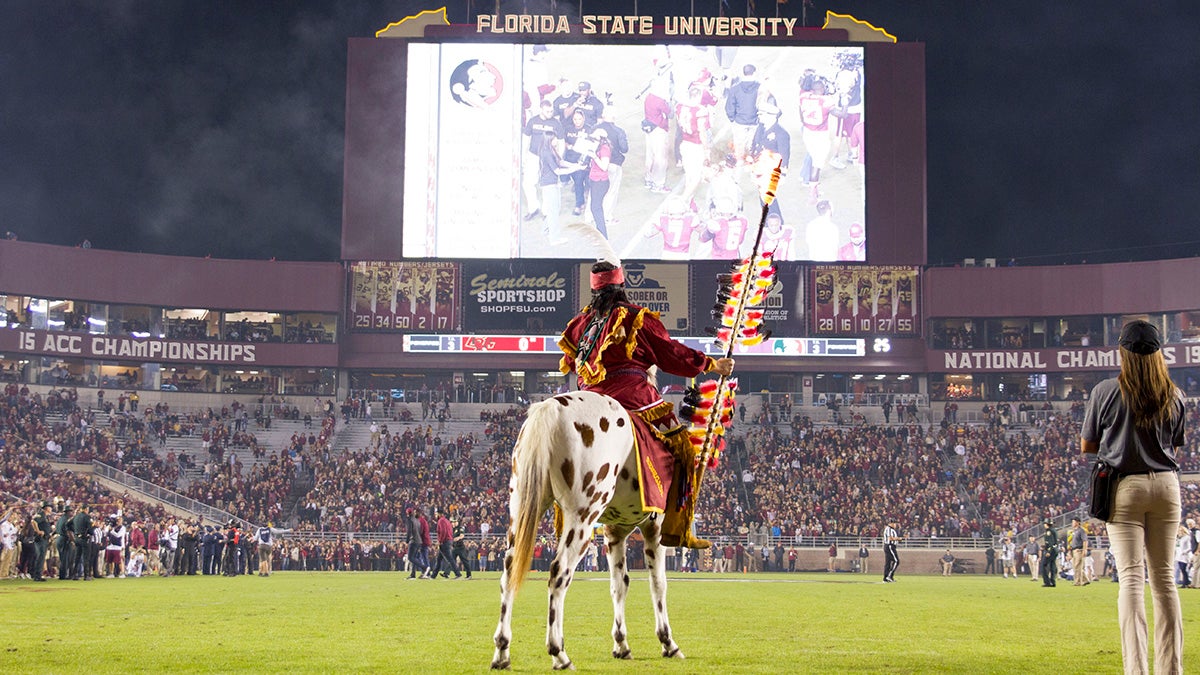
The effect of these names and images is harmful even with well-intentioned uses, critics say. The NCAI has noted that, “rather than honoring Native peoples, these caricatures and stereotypes are harmful, perpetuate negative stereotypes of America’s first peoples, and contribute to a disregard for the personhood of Native peoples.” Jackson added that these images are “attached to this longer history of ideas about savagery.”
The Florida State Seminoles work closely with the Seminole Tribe of Florida to ensure that the school’s use of the mascot is respectful. But that tribe doesn’t speak for all Seminoles. Some in Oklahoma don’t condone the use.
Also, Phillips pointed out, “You can’t control fan behavior.” So even if a team’s representation is vetted and approved by a tribe, that doesn’t mean fans won’t dress up in body paint and do the “tomahawk chop” in the stands, she said.
Some commentators have called for the University of Notre Dame to drop its Fighting Irish nickname because it also constitutes an ethnic stereotype. But the situation isn’t the same, Jackson said. “It speaks to who is in charge of the decision around the mascot and the name,” she said. “The consensus among Notre Dame fans with Irish identity is that it’s a point of pride, and that’s almost always not the case with Native American fans of teams that have Native American symbols,” or Native Americans who aren’t fans.
The Washington R-words
Defenders of the R******* name cite a Washington Post poll that found 9 out of 10 Native Americans are not offended by the name. But the poll’s methodology has been criticized widely.
The Oneida Indian Nation’s report argues: “Native Americans are the only group in the United States subjected to having a racial slur as the mascot of a prominent professional sports team. The Washington football team, whether it intends to do so or not, is contributing to prejudice and discrimination against Native Americans by persisting in using the ‘R-word.’”
“The name itself means a bounty for killing a native person,” Phillips said.
The case Harjo et al v. Pro Football, Inc., sought to cancel six R******* trademarks because they disparage Native Americans. The U.S. Patent and Trademark Office’s Trademark Trial and Appeal Board sided with the Native Americans, but that decision was overruled and the Supreme Court chose not to intervene, leaving the trademarks in place. Phillips, who worked on the case, explained: “We should not sanction and give the government imprimatur on something that strips another human being of their dignity. And that’s what I really feel that that the R-word and imagery of the Washington football team does.”
Looking Ahead
“Will there will be a time when these mascots are a thing of the past? I hope so,” Brayboy said. “At some point, Amos ’n Andy and Sambo kind of went away.”
Brayboy thinks more teams are likely to shed their Indian names and mascots in the coming years, but he added, “Traditions are pretty sticky, persistent, intransigent things.” Dealing with these issues requires people to have “honest conversations about what those mascots are and what they represent, and dig into what it might mean for people’s perceptions of indigenous peoples.”
Phillips is optimistic, in part because this country’s demographics are changing quickly and will soon be majority minority, and people who have faced similar treatment are less likely to go along with marginalizing native people, she said. “There just won’t be team owners who are as insensitive as some of the current owners are.”
“Those of us who don’t like these mascots, who object to their use, aren’t trying to dampen people’s fun or to disrupt their love of team,” Brayboy said. “What we’re really doing is trying to reframe the conversation and say our children deserve better, and your children deserve better.”
